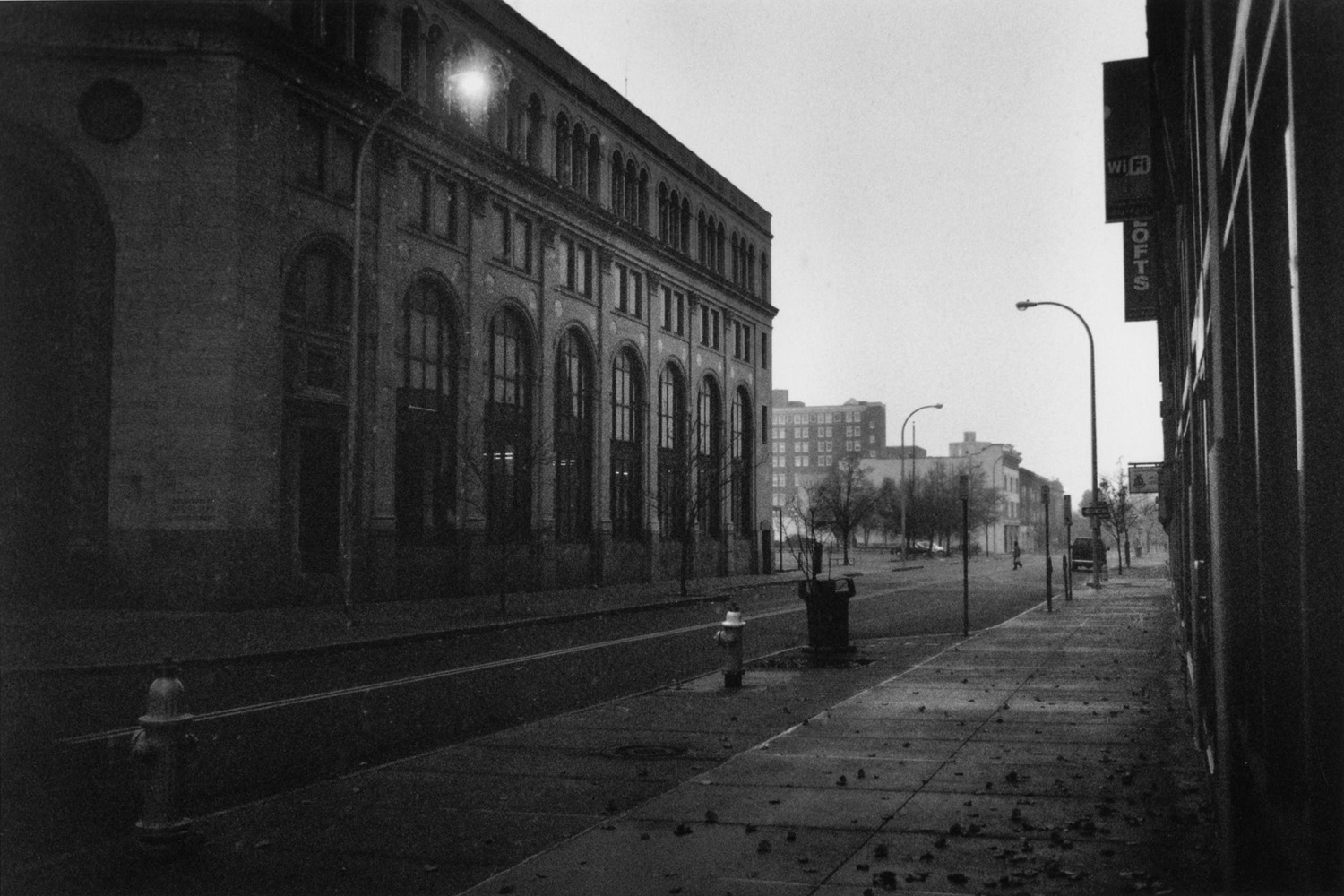
When Alex Webb was photographing at the Seabreeze Amusement Park in Rochester, N.Y., a man turned to the Magnum photographer, looked at his digital Leica and said: “You know, I designed the sensor for that camera.”
For many people in Rochester, Kodak has always been more than just a photography company. “[Everyone] has either worked for Kodak, or had a family member or friend who worked for the company,” notes Rebecca Norris Webb, who, with her husband, has just released Memory City (Radius Books, 2014), a photography book about the impact Kodak has had on the upstate New York city of 200,ooo.
“I guess you could say that Memory City is a eulogy to a certain kind of company town,” Norris Webb adds, “one that left a rich cultural legacy behind for its workers, their families and other Rochester residents.”
Today’s Kodak bears little resemblance to the cultural and technological icon it once was. At its peak, Kodak controlled 90 percent of the film photography market, with sales reaching $10 billion. By 2012, when that number had shrunk to $3.5 billion, Kodak entered Chapter 11 bankruptcy protection, sold off its digital sensor division and exited the one business on which it built its brand: film photography.
For both Alex and Rebecca Webb, Kodak played an important role in shaping their vision as photographers, so when it entered bankruptcy protection two years ago, “it seemed only natural that we explore a project that reflected our mutual sense of loss,” Alex told TIME, “while paying homage to the company whose film was so essential to our creative processes as photographers.”
Their stated goal was to create a multi-layered portrait of a complex place, with Alex Webb exploring the city of Rochester with two cameras – one digital and another loaded with his last rolls of Kodachrome film – while his wife, a poet, favored a more metaphorical take on the city.
“After Kodak entered Chapter 11,” Rebecca says, “I began to wonder what I’ll miss when I eventually have to switch from film to digital. The image that came to mind for that slip of celluloid that’s accompanied me to every event I’ve ever photographed was the delicate yet indelible special occasion dress, worn only once, such as a wedding dress or christening gown.”
As she worked deeper into the project, the metaphor of the dress expanded to suggest the long history of women’s rights in the region, “including those ordinary women that history has long ignored. And my dreamy portraits of young women hint at something about Rochester’s uncertain future.”
The result is a book that carefully intertwines Rebecca Norris Webb’s quiet still lifes and portraits of Rochester women, past and present, with Alex Webb’s color and black-and-white images of the city. Since Kodak stopped the production of Kodachrome films, the Magnum photographer was forced to process his images in black-and-white, “giving them a slightly distressed quality, as if weathered over time, which seems appropriate somehow for this elegiac look at the longtime home of Kodak.”
Their images are linked by quotes from “three of the most important Rochester residents of the 19th Century, a time when the city had managed to transform itself quite successfully four times — from one of the country’s first ‘Boomtowns’ thanks to the Erie Canal, to ‘Flour City,’ the largest flour-producing city in the world, to ‘Flower City,’ home of the world’s largest flower nursery, and by the end of the century, tothe budding ‘World’s Image Center,’ home to Kodak, Bausch and Lomb, and eventually Xerox,” says Rebecca Norris Webb.
These three residents were Kodak founder George Eastman, abolitionist Frederick Douglass and women’s rights activist, Susan B. Anthony, each of whom allowed the Webbs find different ways of looking at memory, “each a facet of this crystalline city’s complex history,” in Rebecca Norris Webb’s words.
Memory City will be presented in Rochester at the 2104 Photo-Bookworks Symposium, during the city’s celebrated Visual Studies Workshop.
Memory City is published by Radius Books.
Alex Webb is a photographer represented by Magnum Photos.
Rebecca Norris Webb is a poet and photographer.
Olivier Laurent is the editor of TIME LightBox. Follow him on Twitter and Instagram @olivierclaurent.
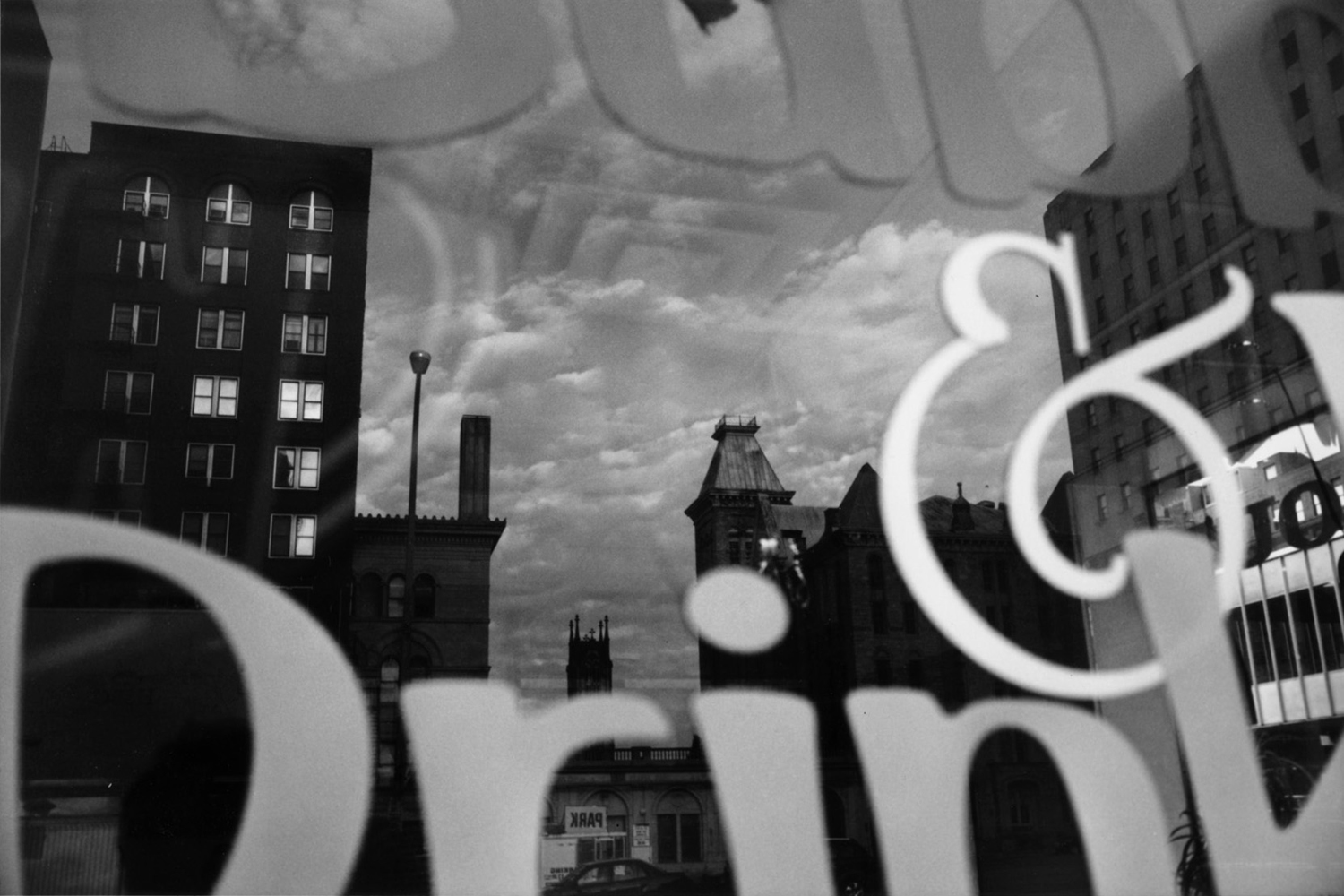
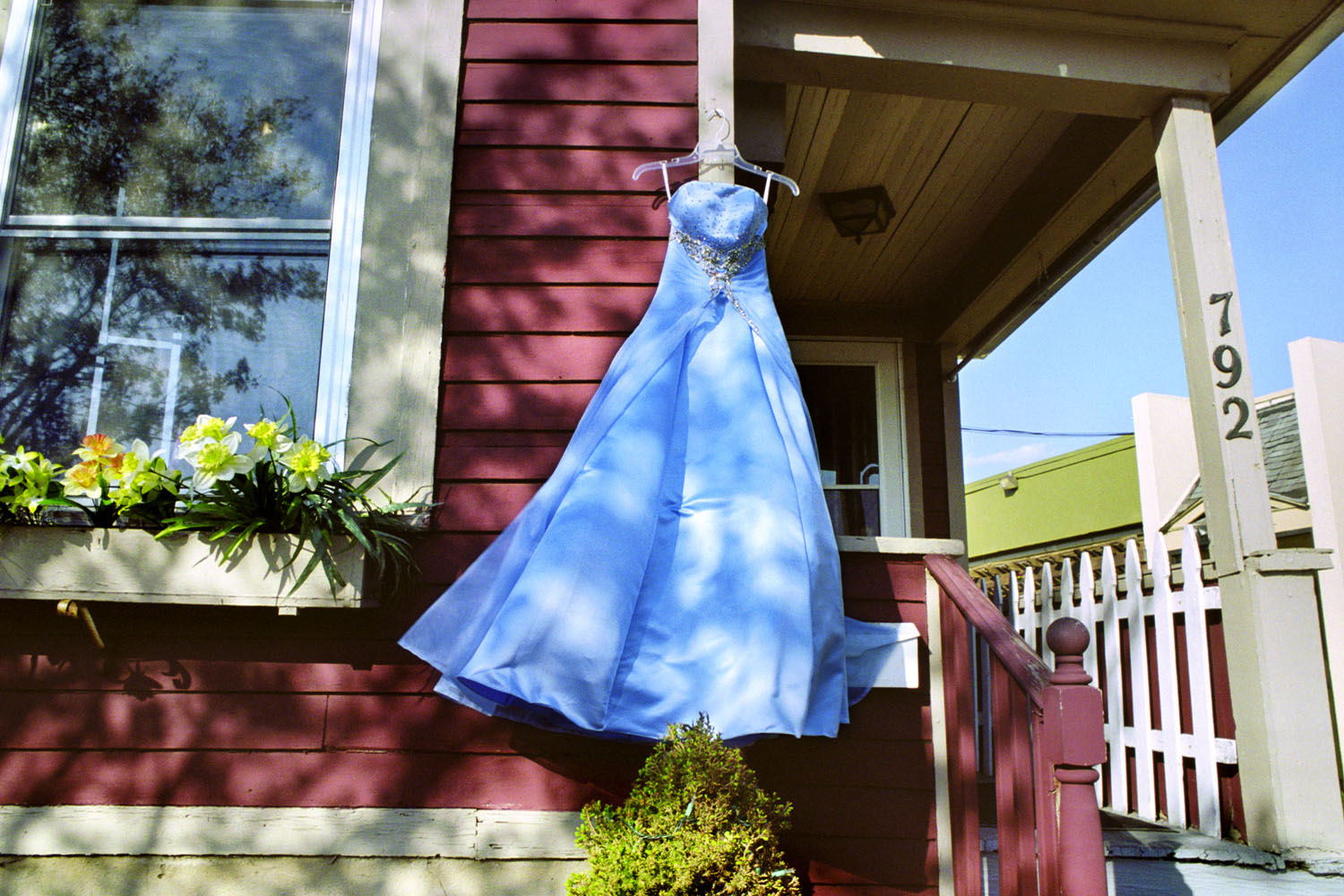
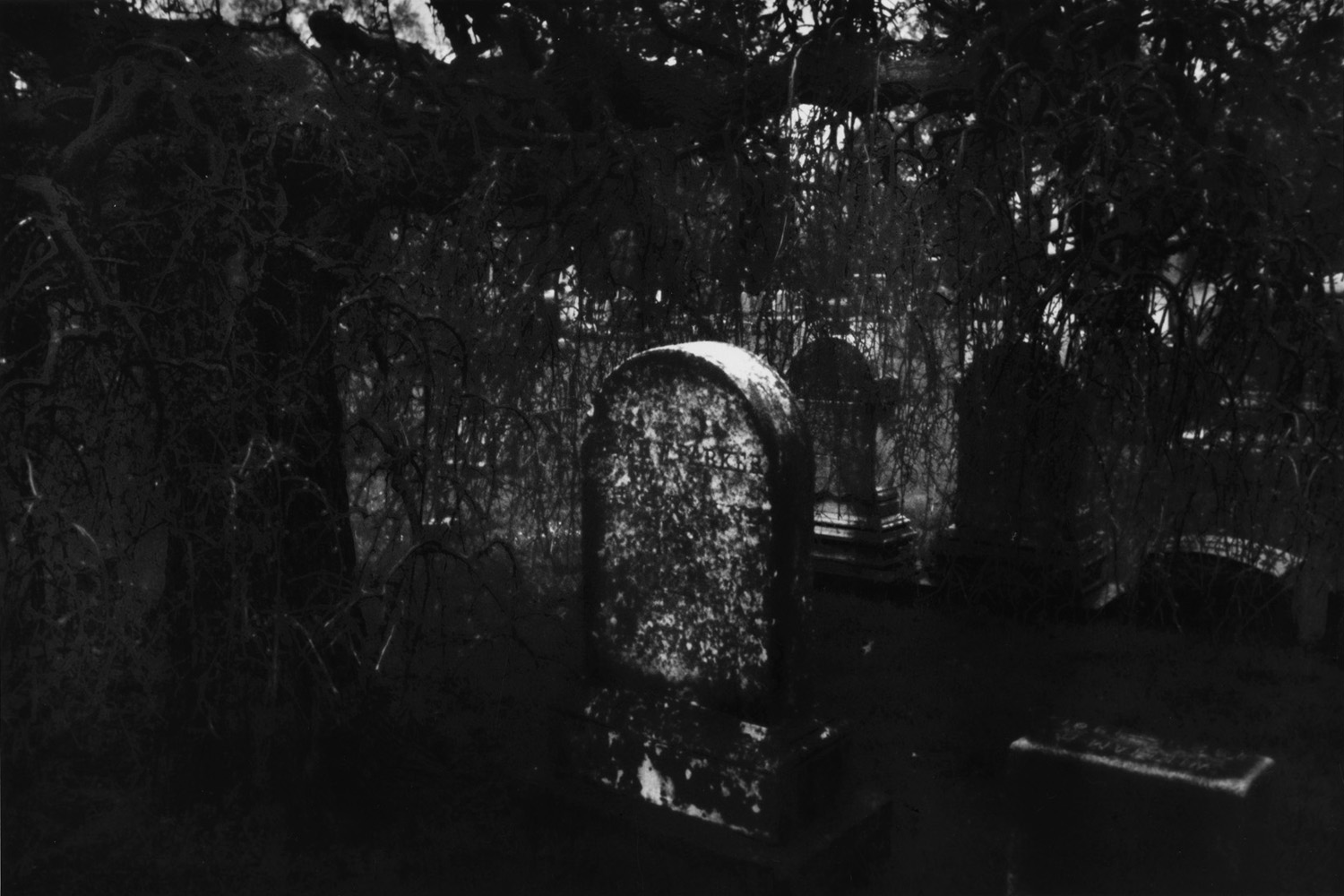
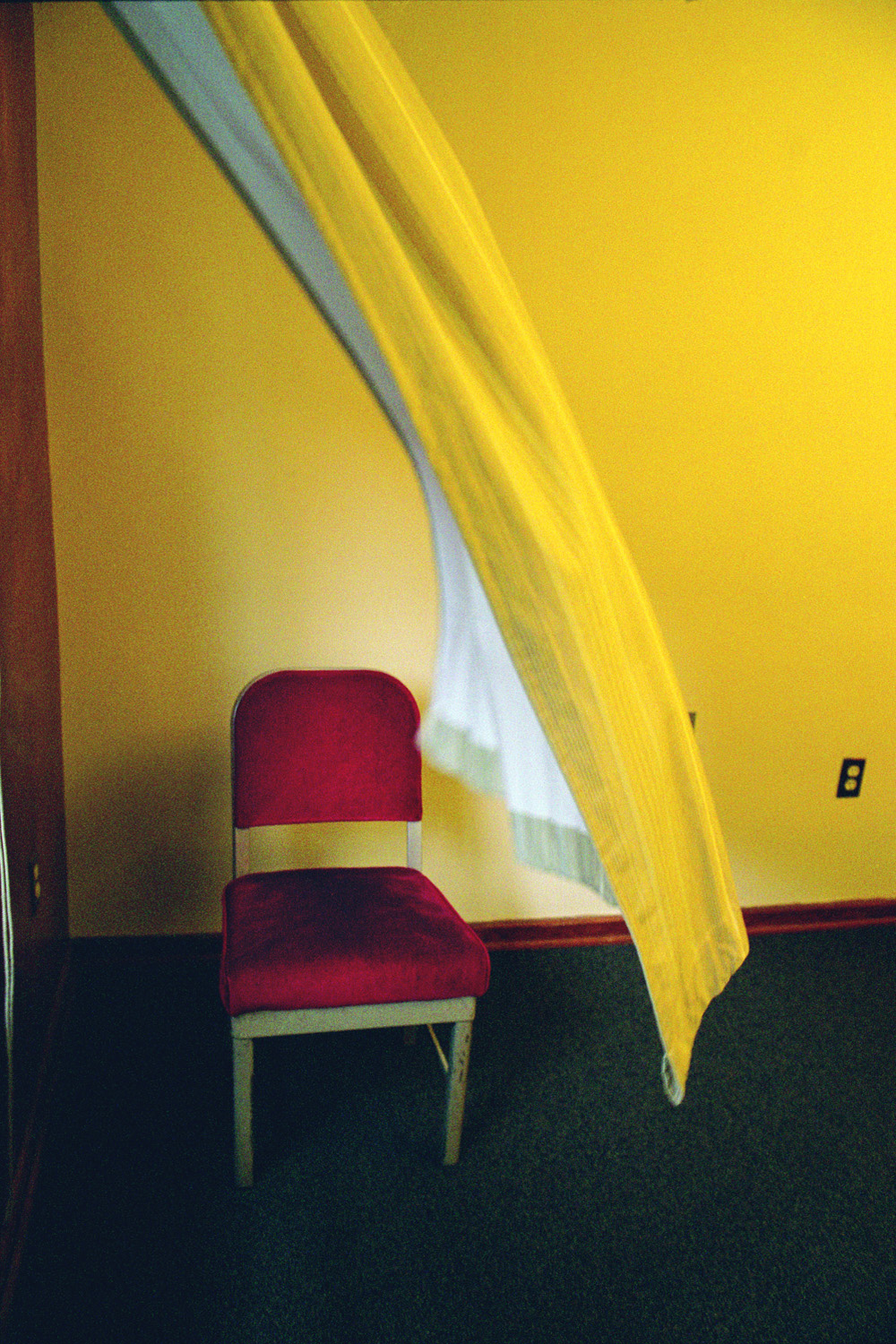
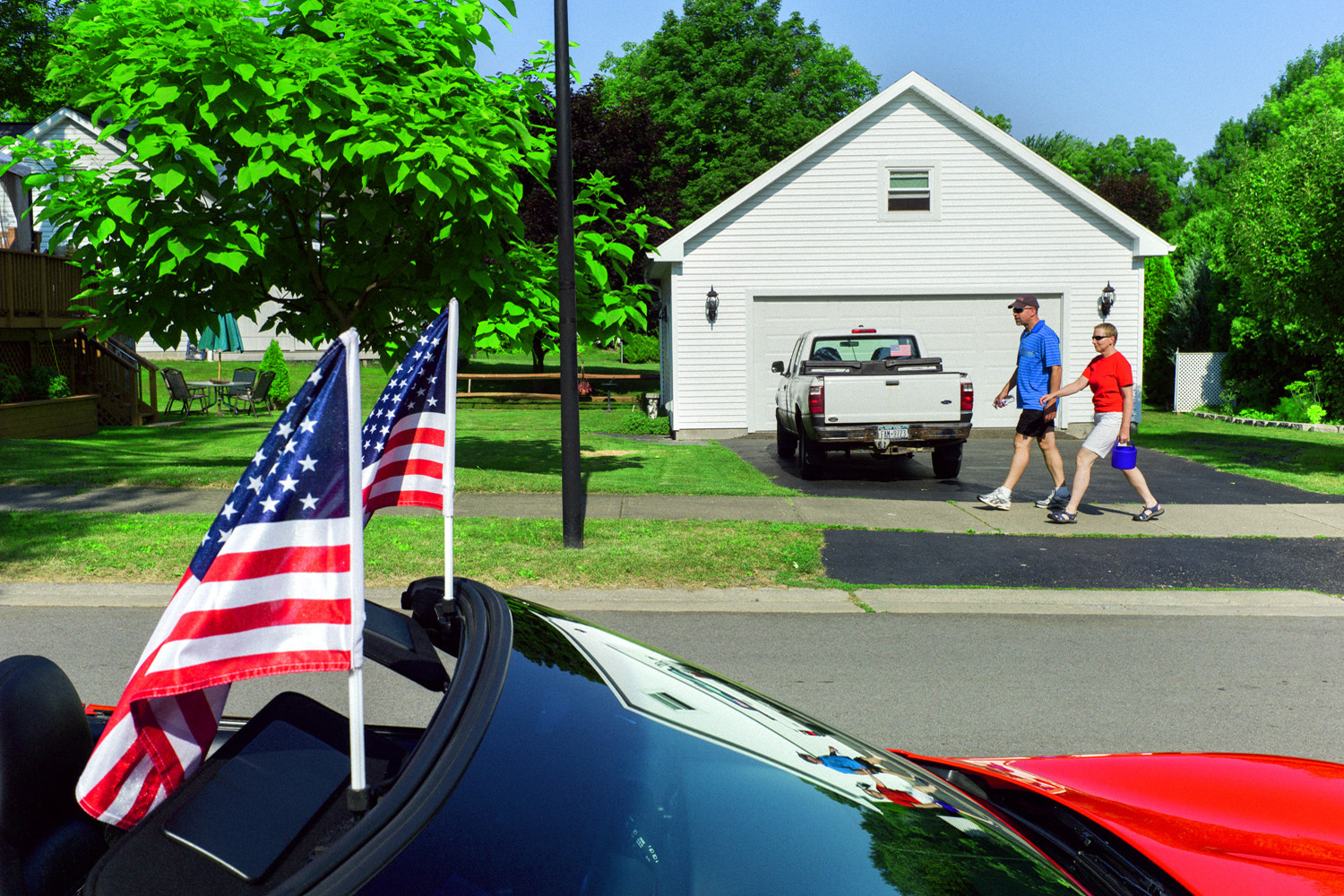
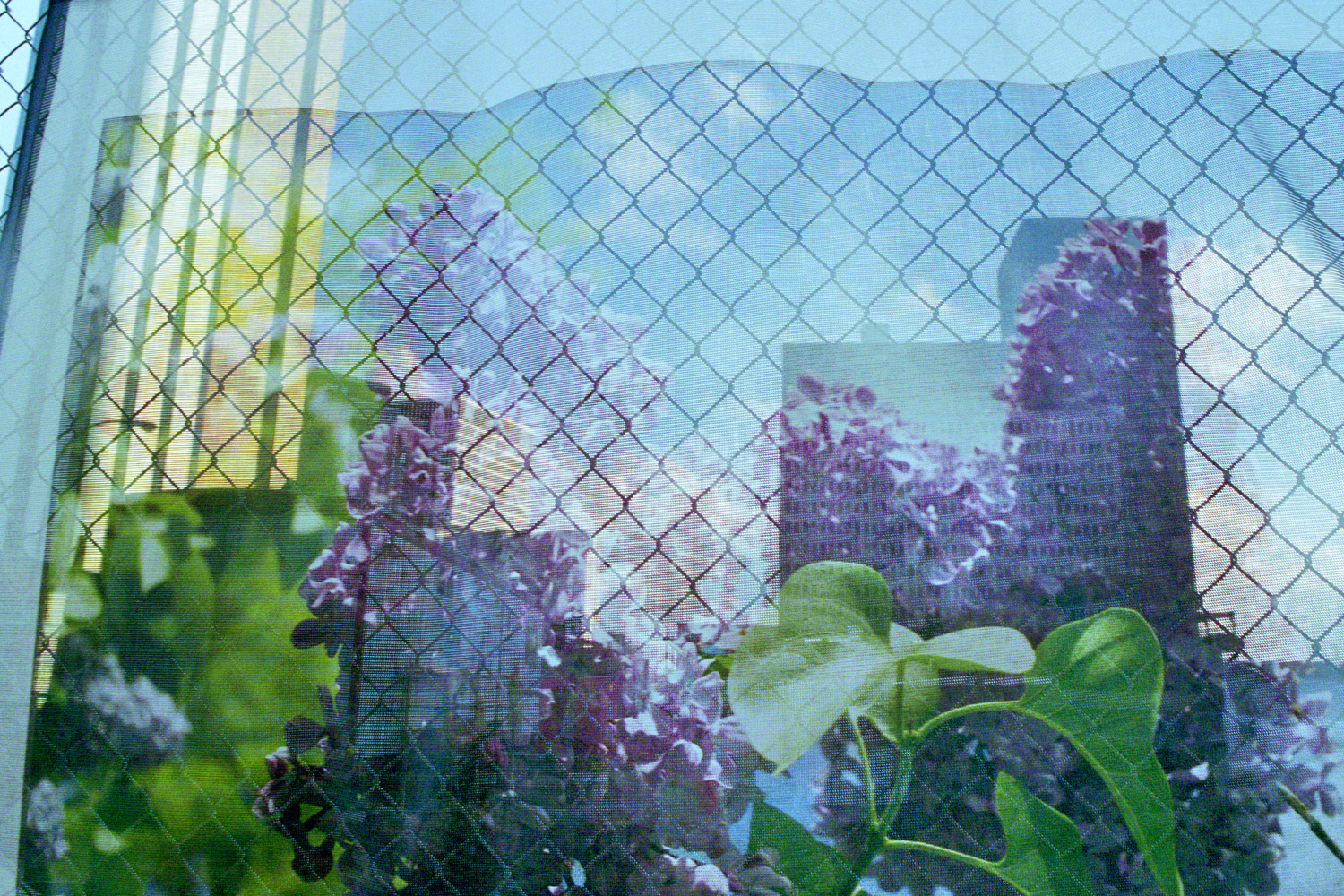
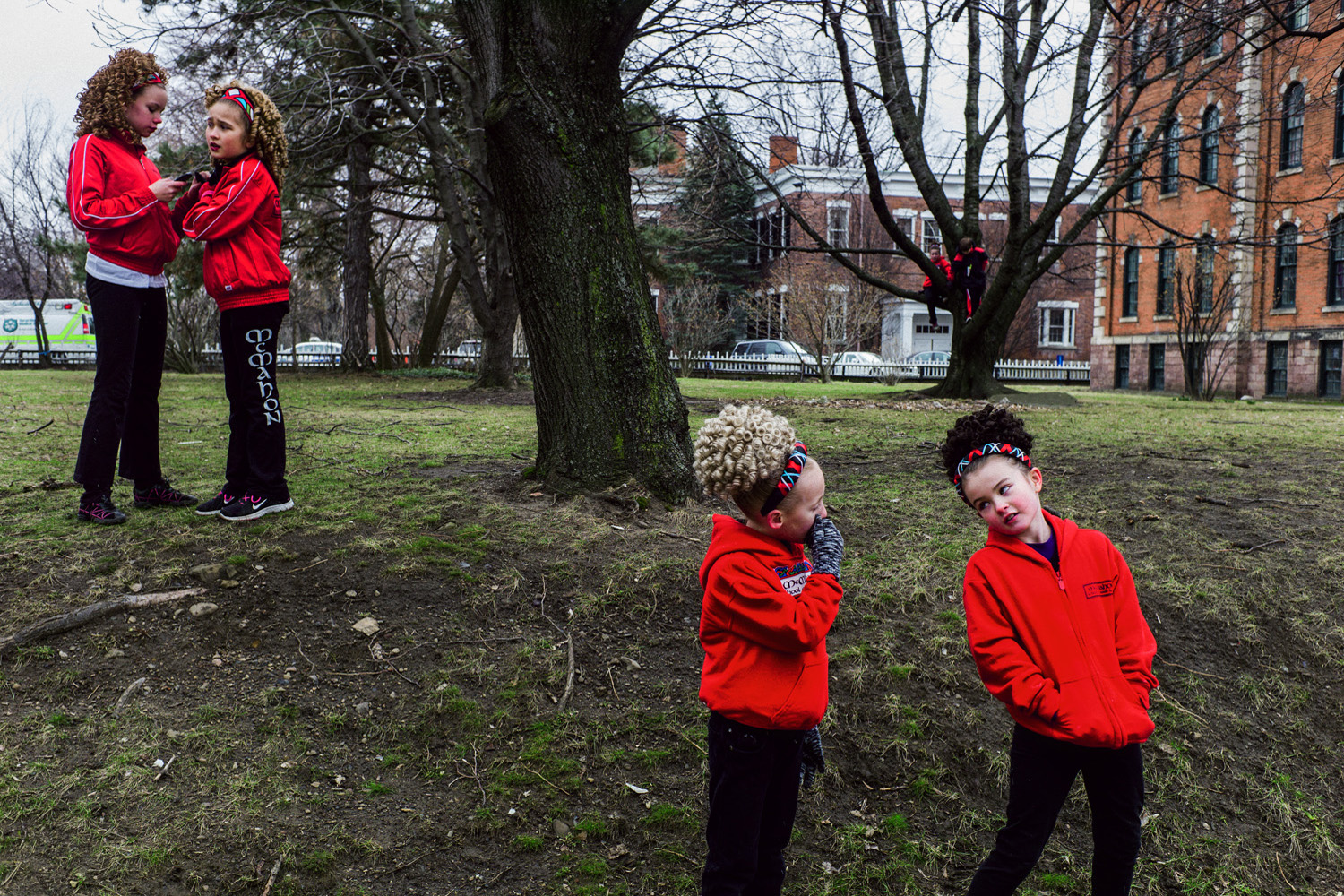
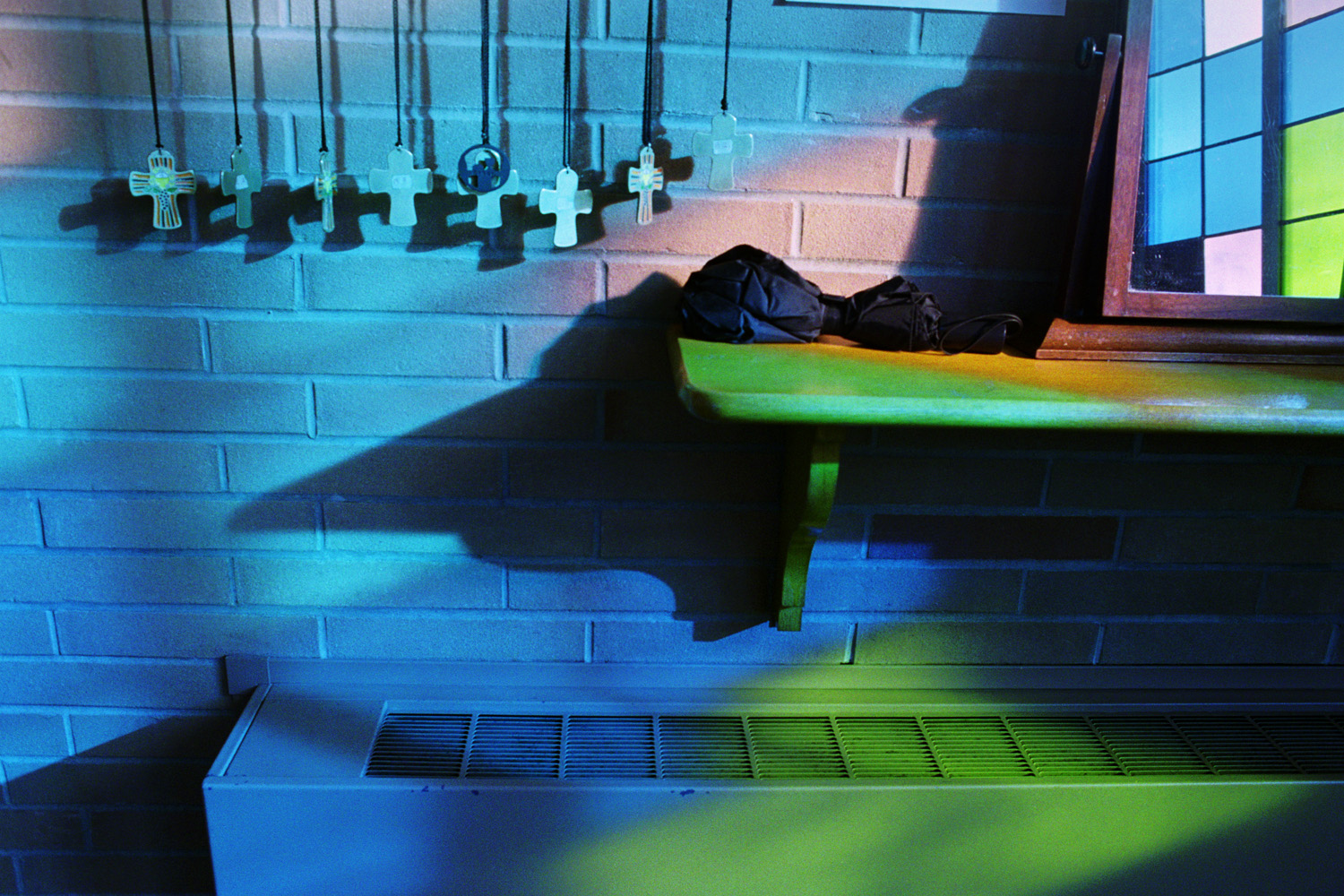
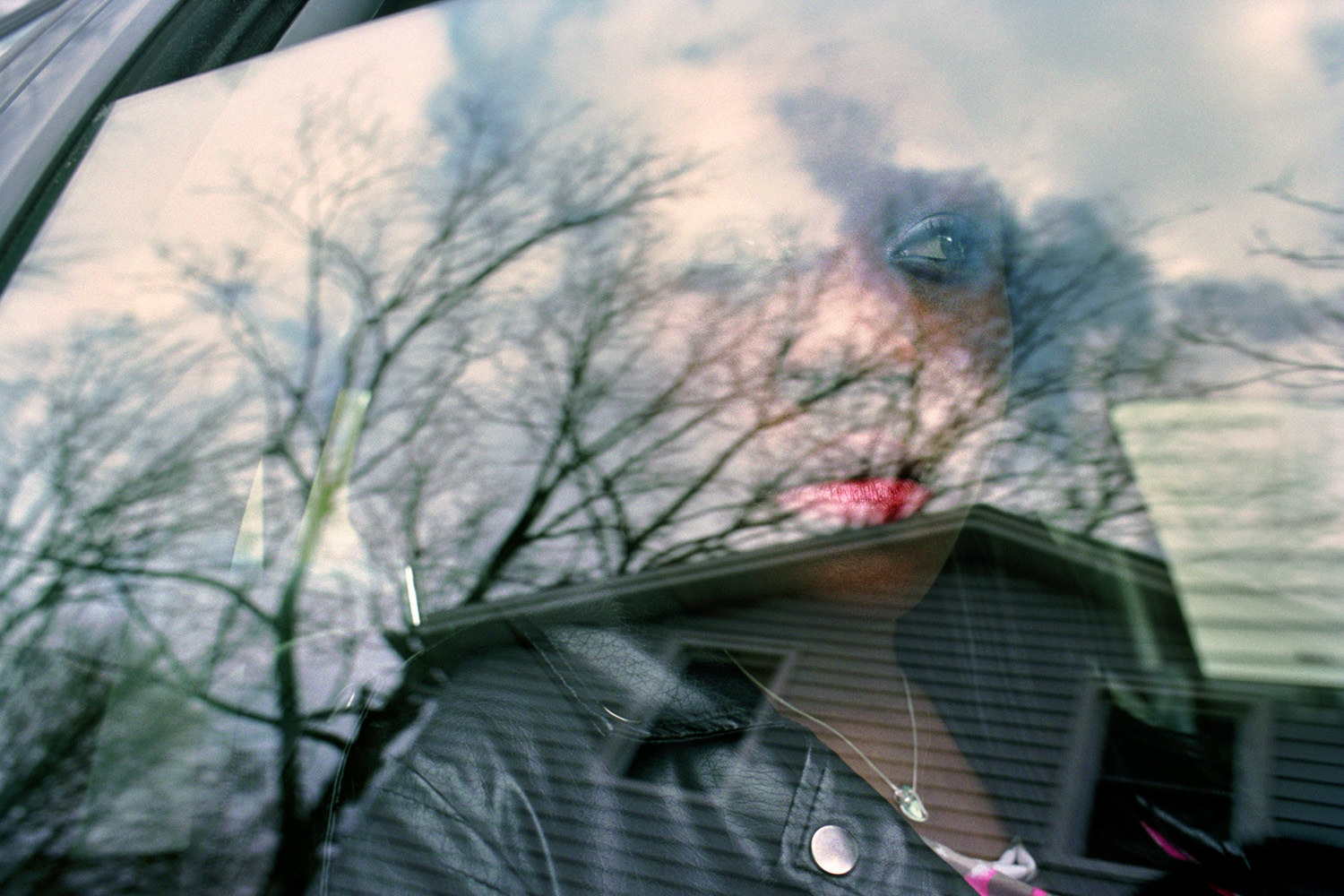
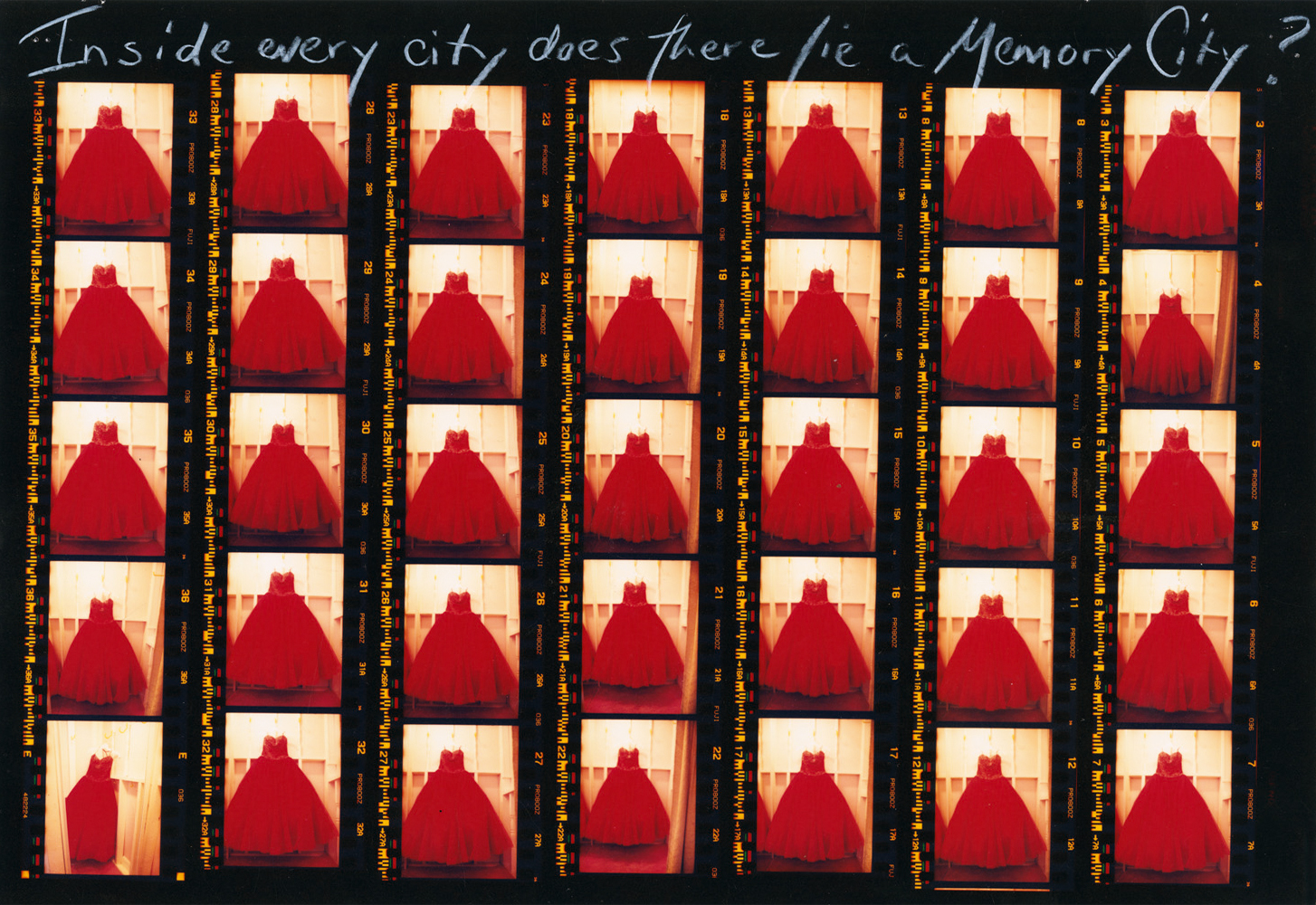
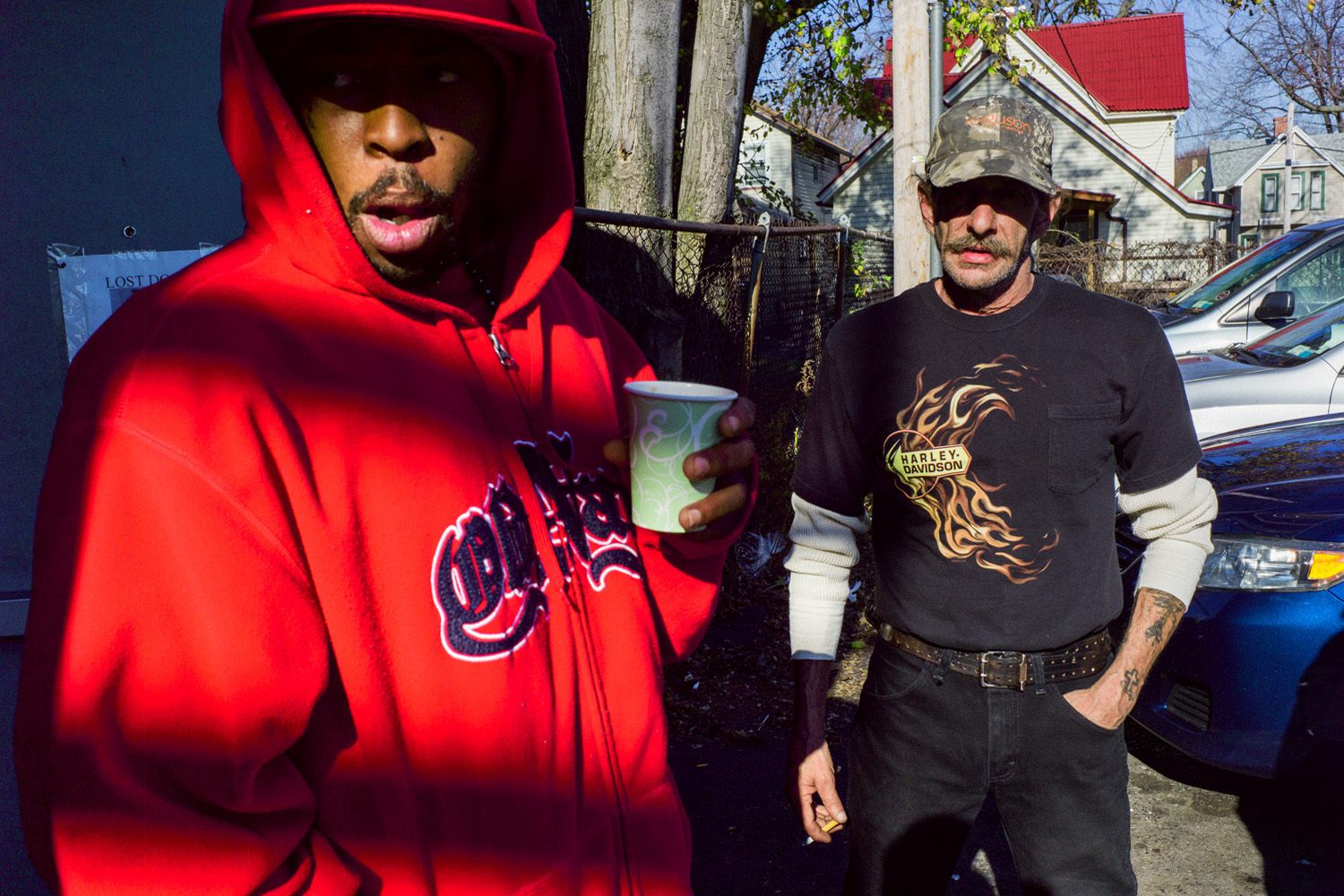
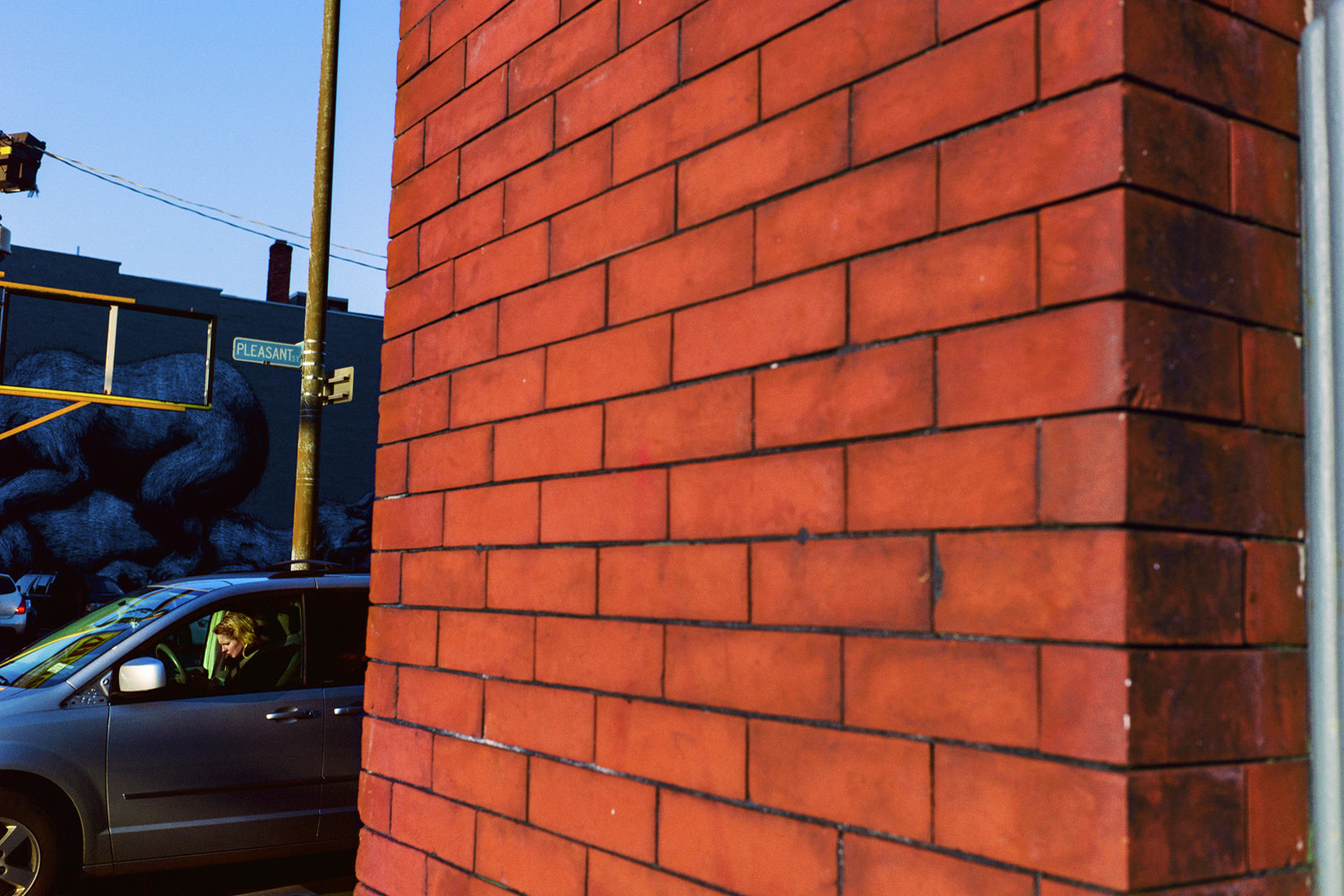
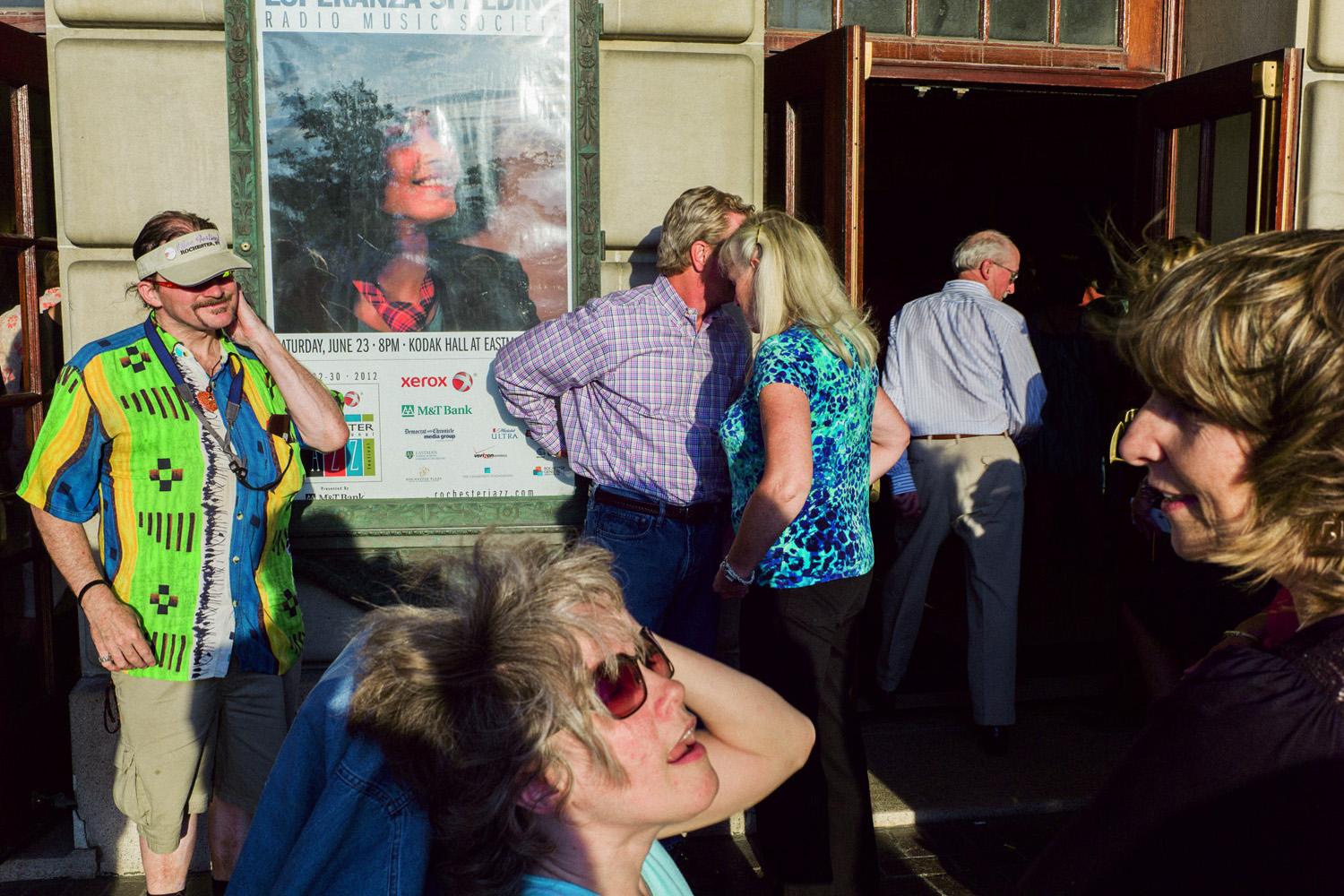

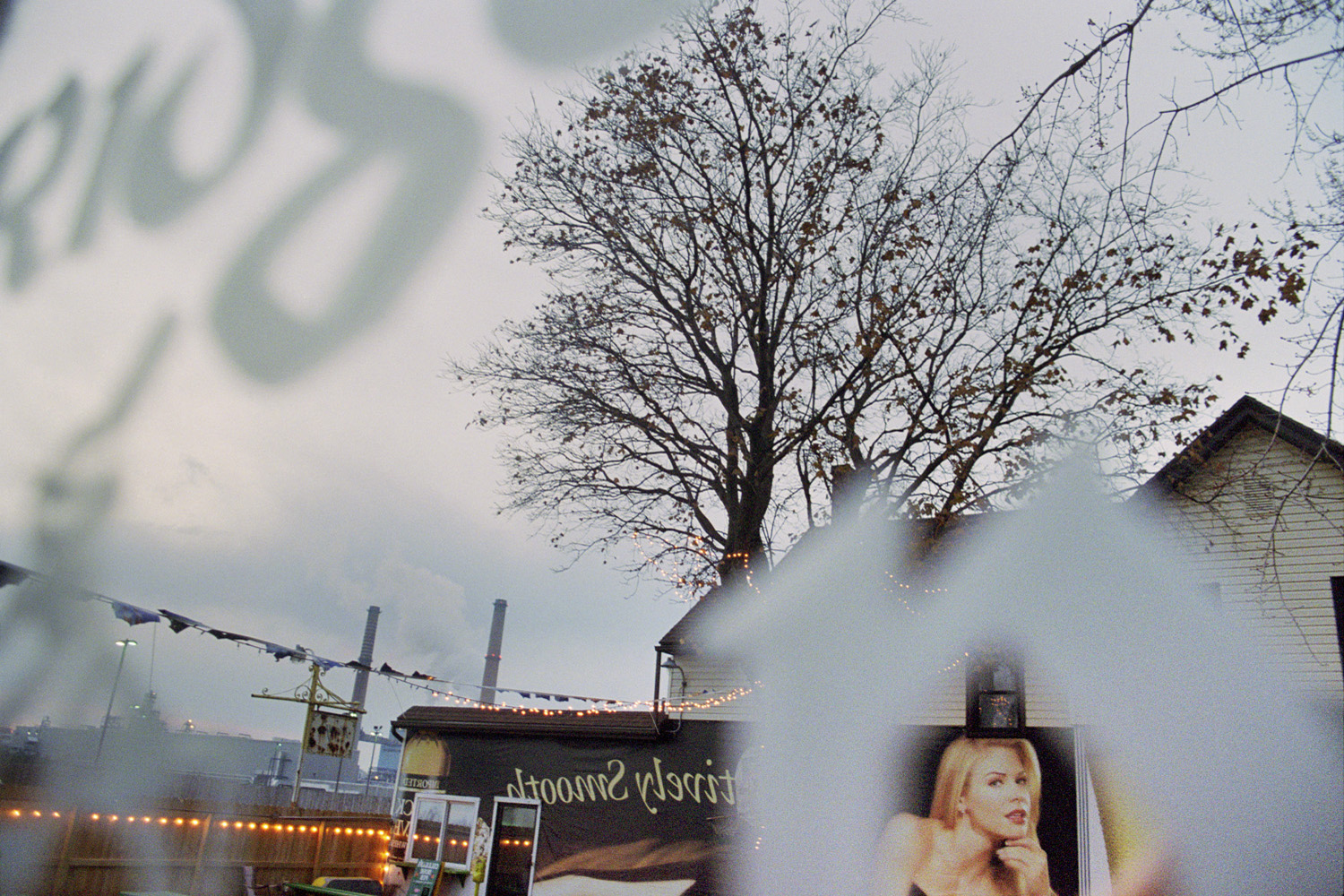
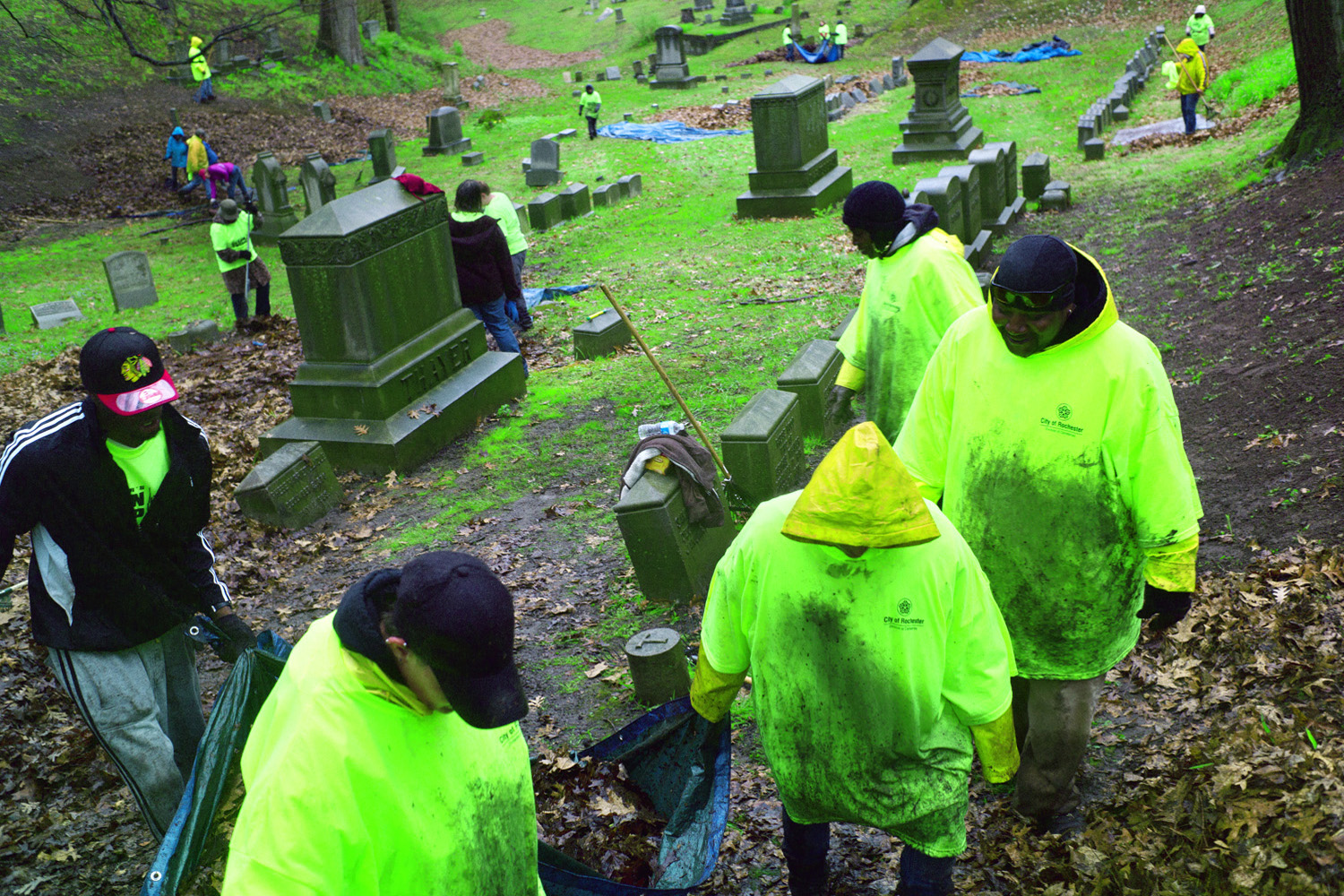
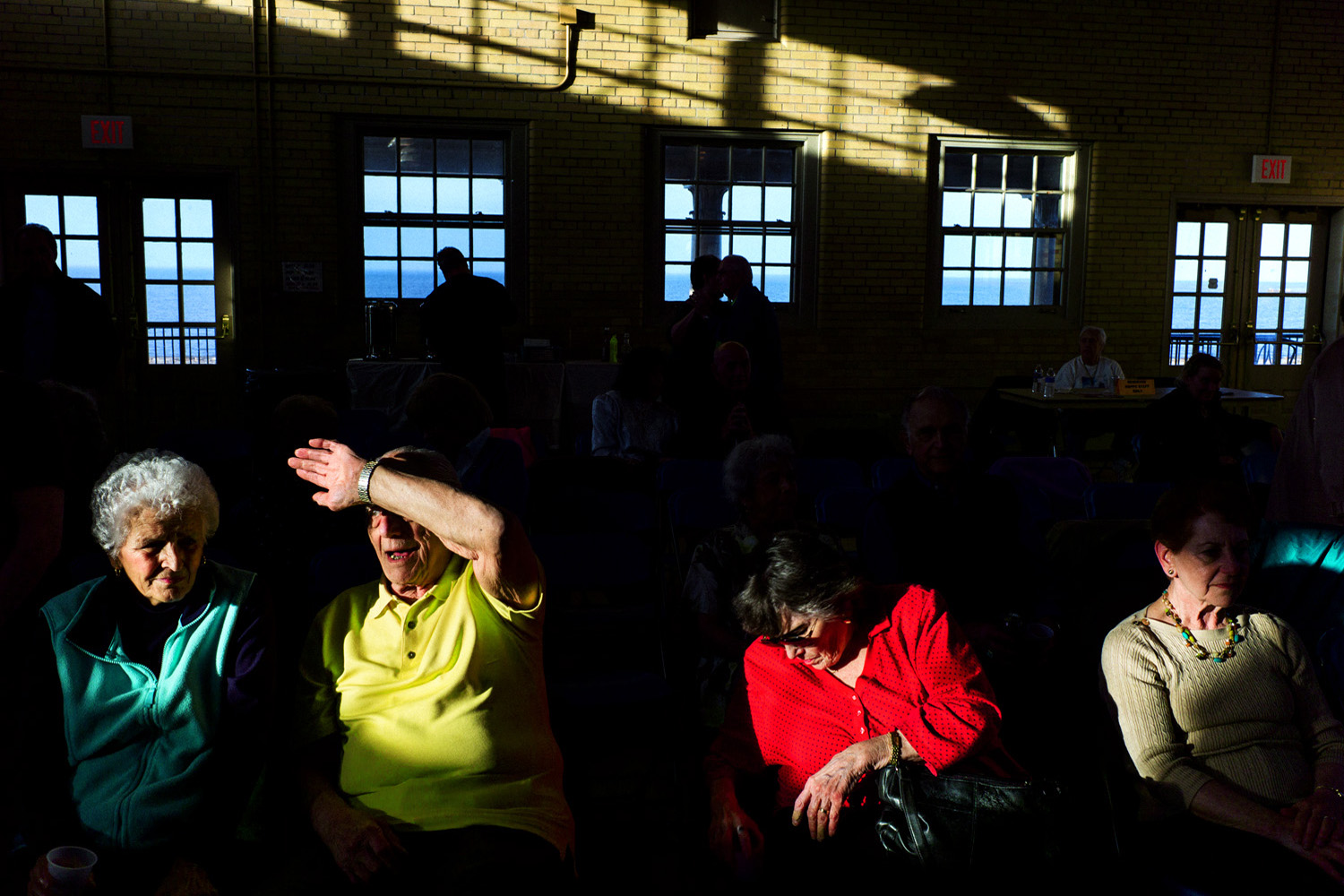
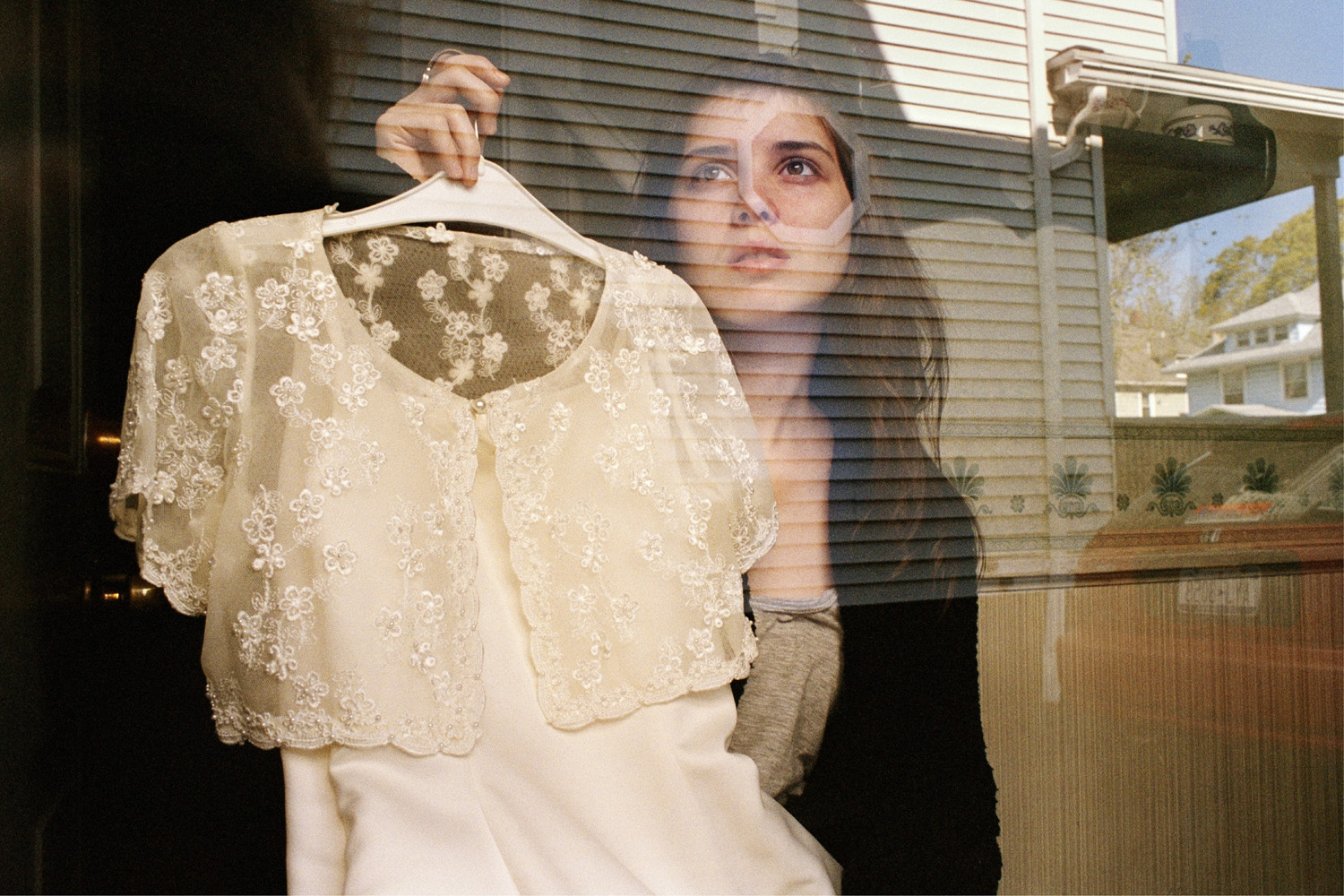
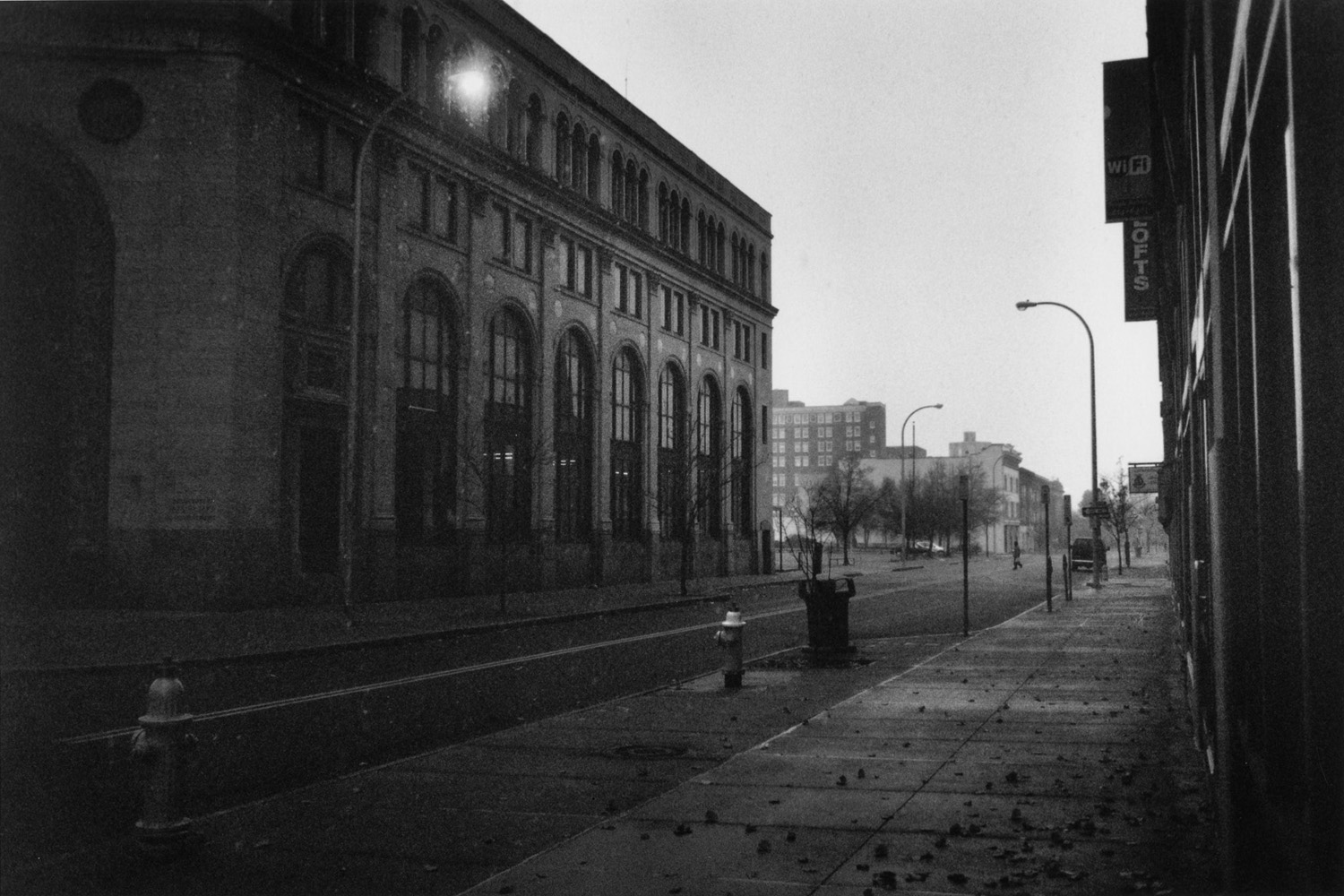
More Must-Reads from TIME
- Donald Trump Is TIME's 2024 Person of the Year
- TIME’s Top 10 Photos of 2024
- Why Gen Z Is Drinking Less
- The Best Movies About Cooking
- Why Is Anxiety Worse at Night?
- A Head-to-Toe Guide to Treating Dry Skin
- Why Street Cats Are Taking Over Urban Neighborhoods
- Column: Jimmy Carter’s Global Legacy Was Moral Clarity
Contact us at letters@time.com